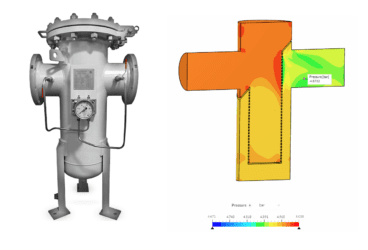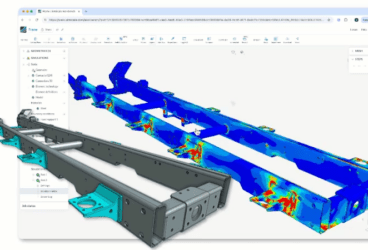Concerns about the environment are shaping the way future infrastructure is being planned, as well as what improvements to the existing built environment need to be made. Fortunately, these environmental considerations have given life to new eco-friendly approaches to building projects on a global scale.
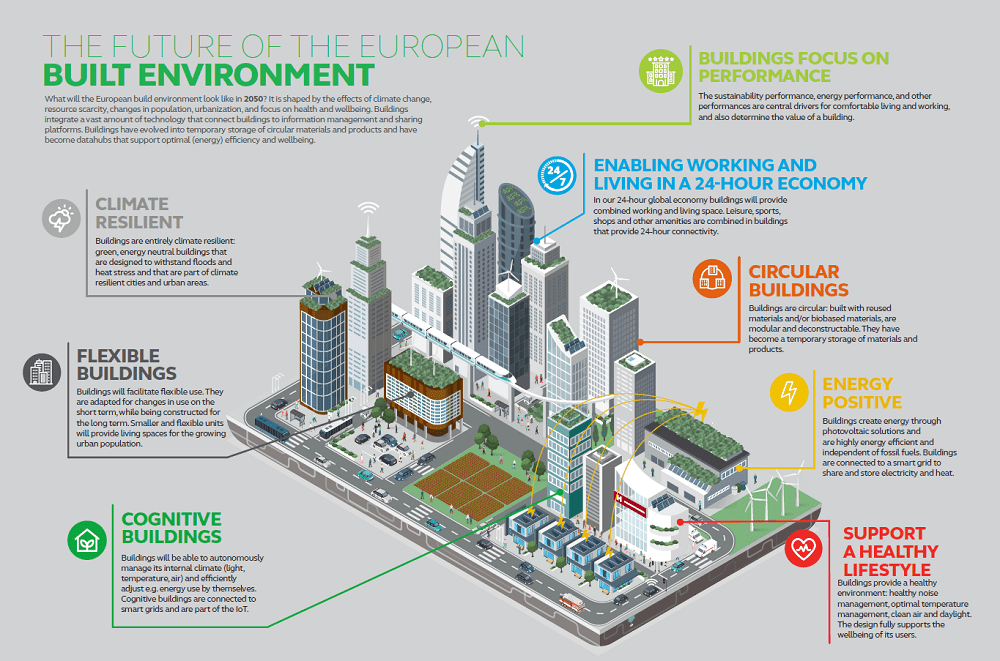
While some reports and studies, such as The Future of the European Built Environment, attempt to determine what our cityscapes will look like in the future (pictured above) with the onset of these approaches, however, we should also pay close attention to the cities currently making strides towards this smart built future.
Looking at Europe specifically, Nordic countries seem to be leading the tour de force in making their built environments greener and more sustainable. Oslo, Norway, for example, was voted the European Green Capital for 2019 for restoring its waterways, introducing zero-emissions transport, integrated infrastructure optimization, and more.

Another impressive example is Stockholm, Sweden, which organized the sustainable Stockholm Royal Seaport building project, along with founding its own Smart Built Environment Program which outlines how the built environment sector can contribute to Sweden’s journey to responsible, sustainable cities. In this article, we focus on the latter example.
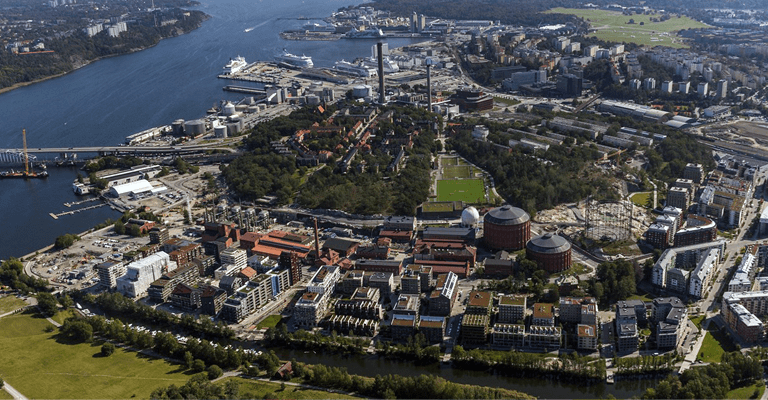
Building Towards a Sustainable Future: Sweden
According to Business Sweden, currently, Sweden is spending around €150 billion on new housing and office spaces to be designed, tested, and constructed by 2025. In 2019 alone, €10bn was spent on building construction projects in Sweden, where the top 5 project categories were:
- Apartment Buildings (€6.2 billion)
- Office Buildings (€1.2 billion
- Schools/Educational Spaces (€672 million)
- Healthcare Facilities(€435 million)
- Shopping Centers (€390 million)
As a huge amount of resources are being invested in the expansion of the Swedish built environment, energy-efficient and eco-friendly programs coupled with governing bodies are in place to ensure the stability and sustainability of this smart built environment. Below, we look at a few of the most notable.
The E2B2
In Sweden, the built environment accounts for about 35 percent of Sweden’s total energy use. The E2B2, also known as the biggest research program in Sweden in the field of energy-efficient building and living, believes that this percentage indicates that there is significant potential for improved energy efficiency. This program strives to contribute to a transformation in the energy sector, as well as resource-efficient and energy-efficient built environments. This is just one of the interventions the country has in place.

The Smart Built Environment Program
As aforementioned, the Smart Built Environment Program is another eco-friendly plan that has been in the works since 2016, and will continue until 2028. This 12-year strategic program has a goal of creating widespread knowledge, skills, services, and products through the integration of building information modeling (BIM) and industrialized construction. By doing this, they hope to manage resources more efficiently and greatly reduce carbon emissions.

Sweden Green Building Council
Along with these two bodies, Sweden also has the Sweden Green Building Council in place, which exists as the leading organization for sustainable and smart built environments. The collective organizations and members of this council work together to develop and influence sustainable building designs so that greater sustainability solutions are achieved. The focus is on increasing energy efficiency in both residential and commercial buildings.
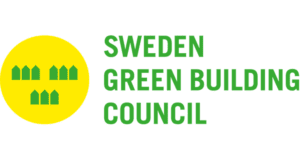
As Sweden implements green initiatives, ensures energy efficiency, and reduces its carbon footprint on a large scale, it is increasingly important that engineers and members of these bodies can evaluate new and existing building designs. In order to complete this challenge most effectively, online computational fluid dynamics (CFD) simulation can be a great tool.
Energy-Efficient Design Evaluation: Cloud-Based Simulation
For existing buildings, energy-efficient retrofitting of windows, doors, and insulation materials can help cut energy consumption and drive down costs. This requires investigating both external wind forces and internal thermal comfort through wind engineering to ensure safe and qualitative living conditions for humans in addition to green goals.
Thermal comfort is of utmost importance, and future designs must find the balance of being resource-efficient and environmentally conscious while achieving comfort for occupants. Green building designs for residential and commercial structures can be simulated using SimScale to find this balance and achieve resource-effective thermal comfort. This project using CFD and thermal analysis exists as a good example, with results pictured below:
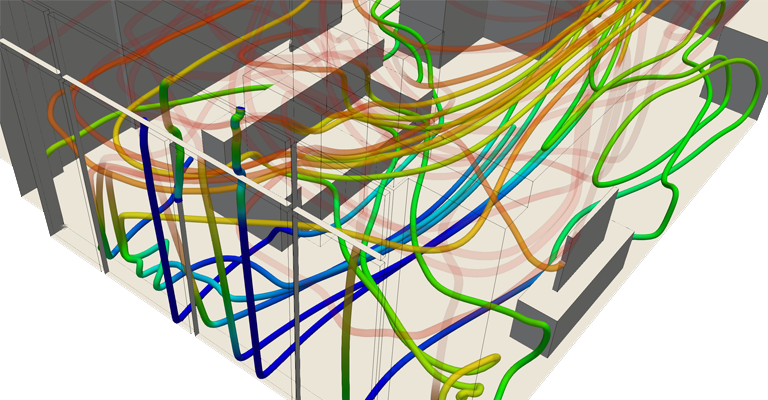
Additionally, large city-scale evaluations for building additions like the Stockholm Royal Seaport will need to be done to ensure a sustainable, comfortable, and safe environment for the residents of the planned area. Here at SimScale, we have simulated the CAD model of this planned project with the aim of giving architects, urban development engineers, and all stakeholders of projects, like the Stockholm Royal Seaport plan, insights, and meaningful information in order for them to make the best design decisions. For example, see some of the results pictured below:
As countries and cities across the globe focus on finding sustainability solutions, online and cloud-based simulation will act as an extremely beneficial tool for streamlining costs, maximizing green efficiency, and contributing to a smarter, cleaner global environment.
